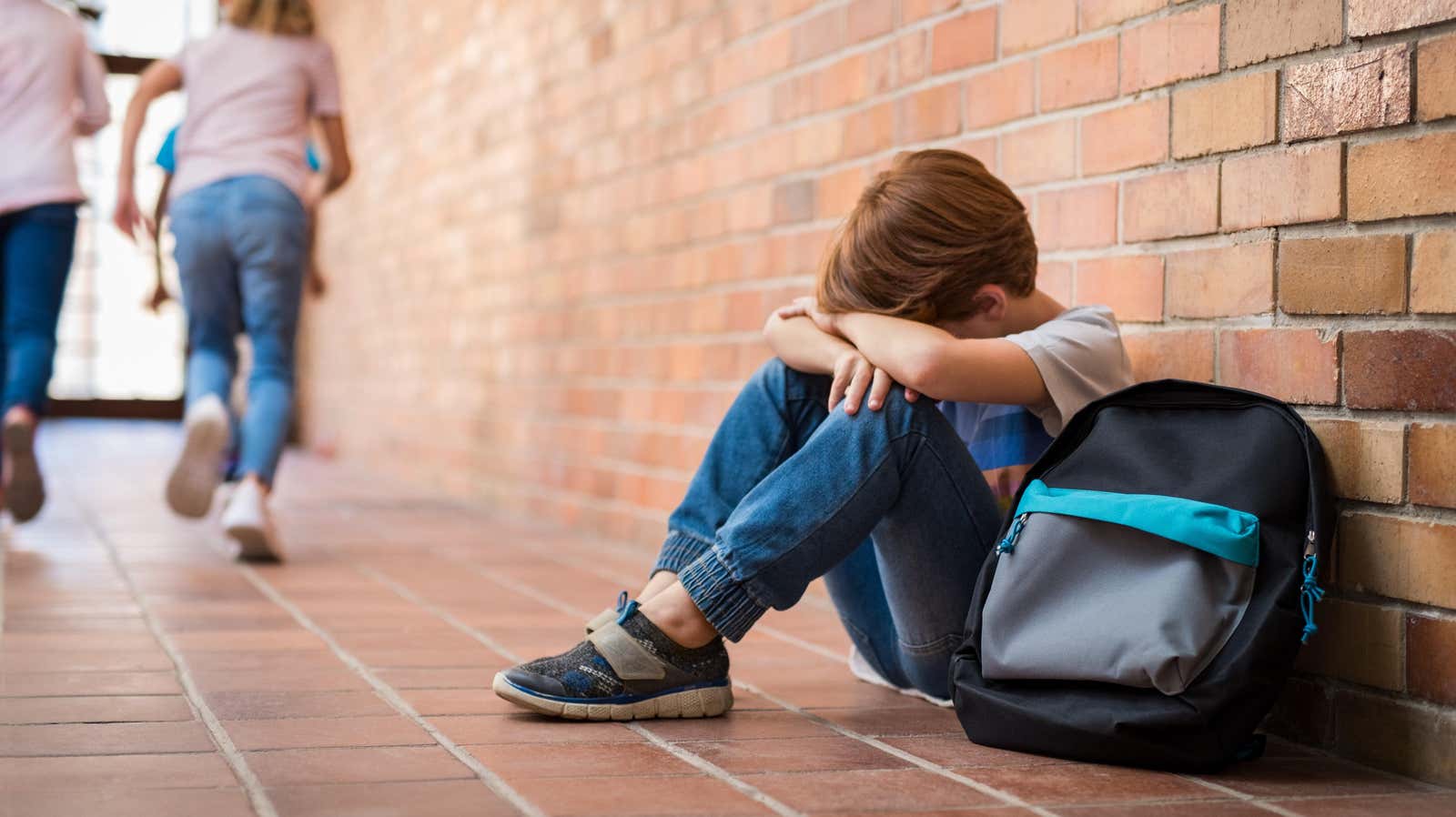We Shouldn’t Call Babies Crybaby Even If They Cry a Lot.

The word “crybaby” evokes a certain image: a child who seems to be torn apart by little things, several times a day and for several minutes per crying session, and who seems too old for that. There is an expectation in society that by a certain age, maybe by the time they go to kindergarten or first grade, children should not melt so much. After that, they officially became “crybabies”.
Some kids really just cry more than others. They may be naturally more sensitive , more emotionally stressed, or still learning to regulate their emotions. However, the goal should never be to get rid of their crying. Boys in particular receive messages from everyone around them that “big boys” don’t cry, crying is a childish or girly way of expressing emotions, or that crying means they’re weak. We need to be careful with the messages we pass on to our children – and allow others to pass on to them – about their crying, especially for those who are more prone to crying.
As Sarah Hamaker writes for the Washington Post :
“Crying is a normal, healthy behavior that has both biological and social roots,” said Cheryl Rohde, vice president of clinical operations at San Diego Children’s Center and a licensed child psychologist. “It can be a relief from stress or emotional energy, and it can also serve as a communication vehicle to share emotions or find solace.”
Rohde said that tears are often a reaction to strong emotions. “The mechanisms that trigger crying are related to our limbic system – the part of our brain that controls emotions,” she said. “Childhood is a time to develop greater control over emotional regulation.”
What to say instead of “Stop crying!” or “Don’t cry!”
When a child starts crying over what you think is a fairly minor incident, especially if he cries a lot, it may be tempting to try to help him get rid of it by saying something like, “Everything will be fine!” or “You’re okay!” But it’s not okay for them, and they’re not okay. In the same way that you need to feel heard when you are sad or overwhelmed, children also need to validate their emotions.
If you’re unsure of what to say instead, the Cooks Hill Counseling blog offers the following 10 suggestions:
1. It’s okay if you’re sad.
2. I know this is difficult.
3. I’m here for you if you need me.
4. Say what upsets you.
5. I see and hear you.
6. I’m listening to you.
7. I am here to help you solve this problem.
8. I’ll be there so you can find me if you need me.
9. It was a difficult situation.
10. Tell me what happened.
Train them in coping skills
Children who cry a lot don’t need shame, but coping skills. Take a quieter time to discuss stronger emotions, how everyone gets them, and the temporary nature of the emotion, such as anger or sadness. If crying gets in the way of them in class, or if peers tease them (or avoid playing with them), you can help them develop new ways to manage strong emotions.
Clinical psychologist Eileen Kennedy-Moore offers Psychology Today the following coping strategies :
- Breathe deeply. Slow, deep breaths are very soothing. Help your child learn to breathe slowly and calmly — inhale through the nose and exhale through the mouth.
- Consider. Silently counting tiles on the floor, repeating even numbers, or doing mental math can be a good distraction to help your child get back on their feet.
- Take a break. Sometimes the best way to regain composure is to move away from the situation. Your child can go to the bathroom or drink some water.
- Comfort. Tell your child to cross his arms and hug him lightly with a comforting thought such as, “I’ll be okay,” “I can handle this,” or “I’ll be home pretty soon and I can tell Mom or Dad about it.”
You can also talk with their teacher to think of other acceptable calming strategies to use in class, such as placing his head on the table while he takes a deep breath or counting, or going to a calming corner for a few minutes.
Over time, they will be able to better contain their tears without feeling ashamed for shedding them.